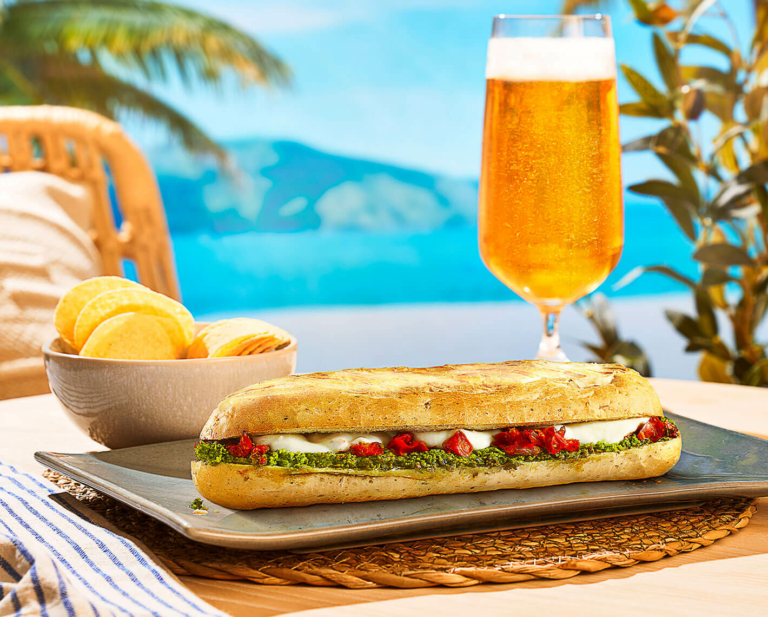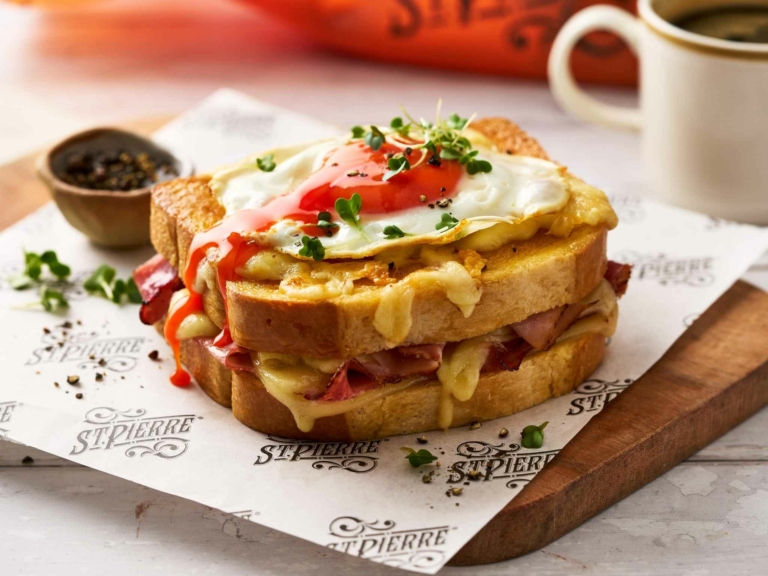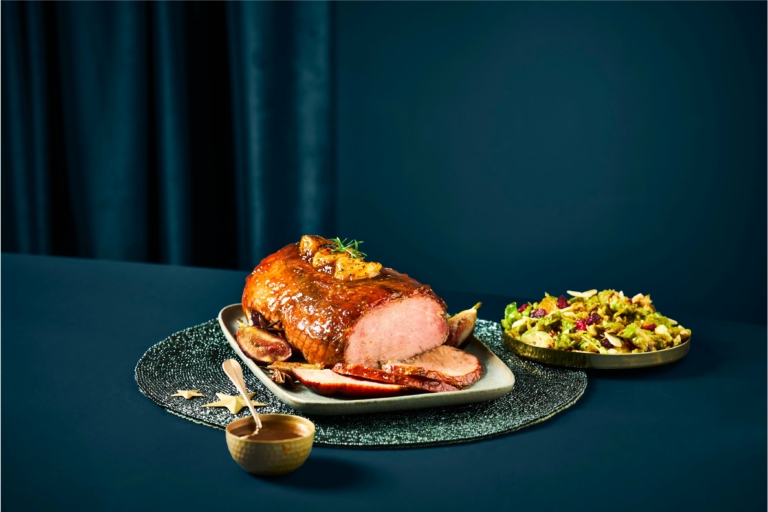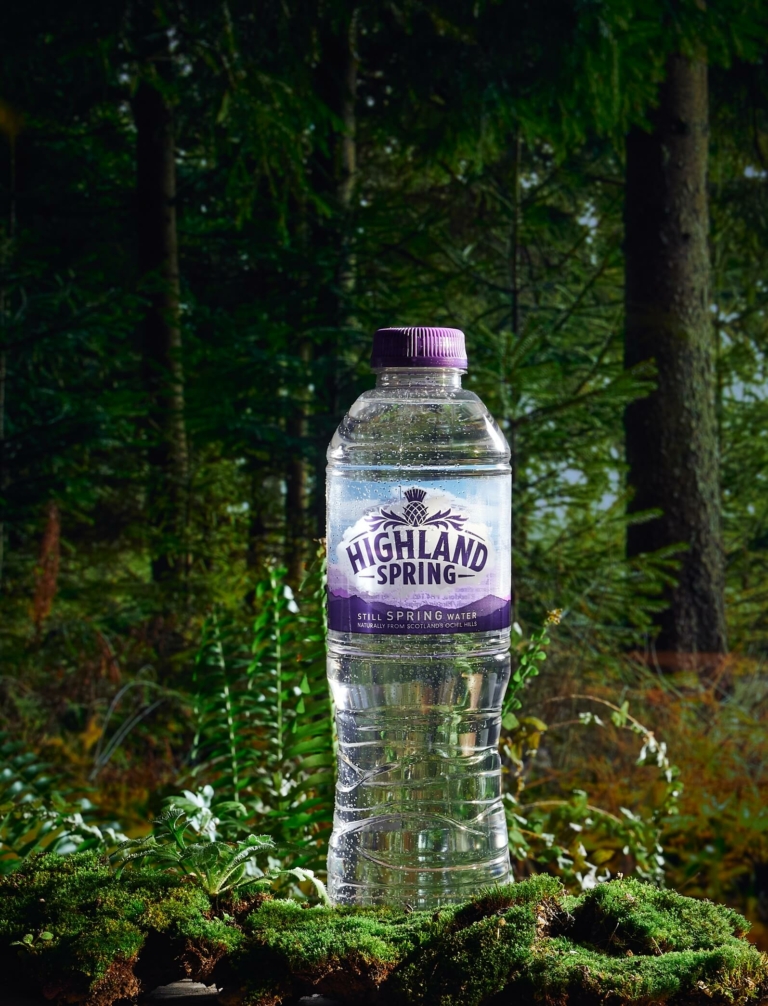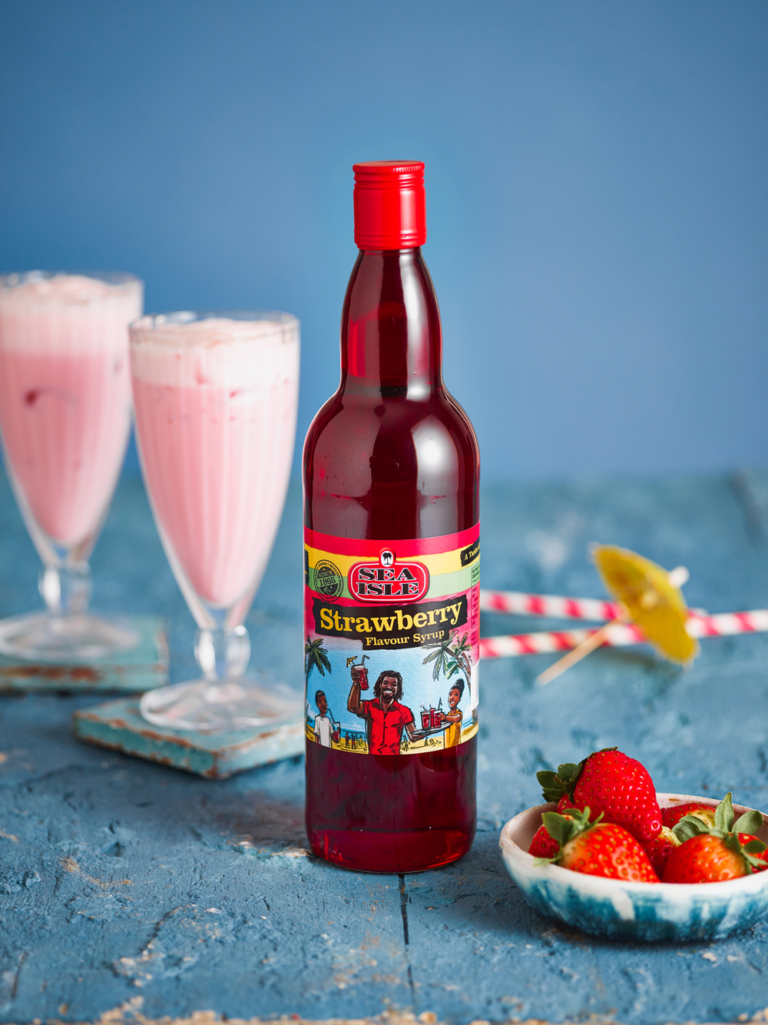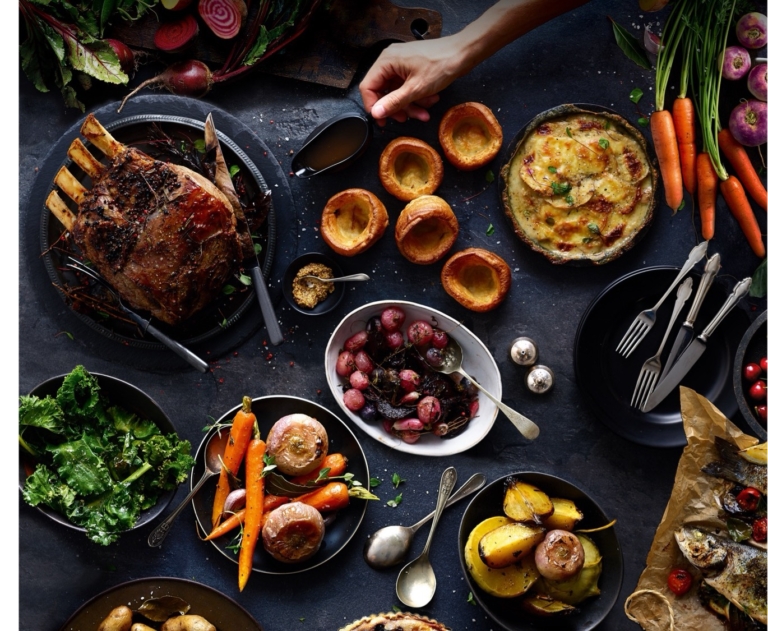
Photography Lighting: Natural vs. Artificial
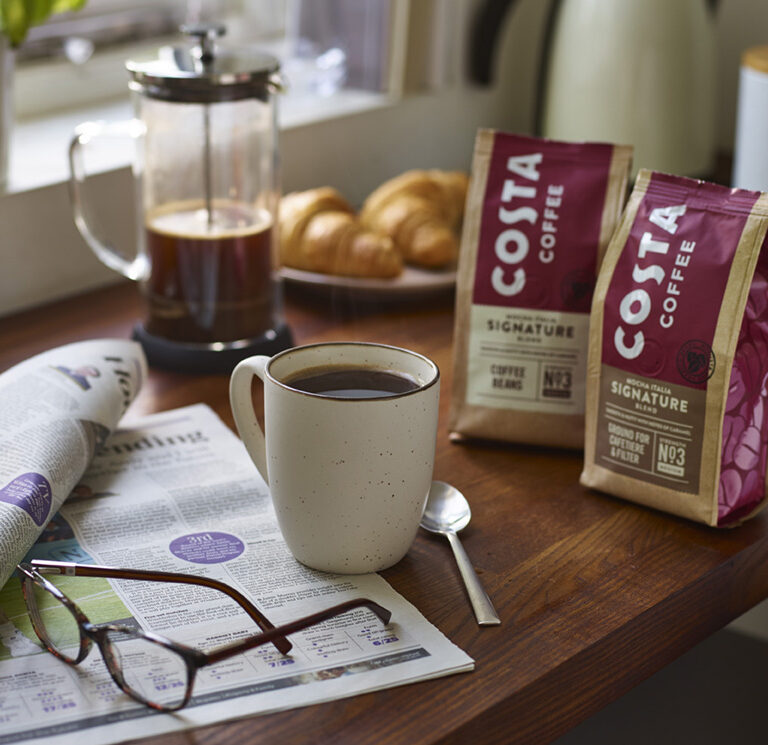
Photography lighting techniques can be used to capture stunning photography and produce effective results. At Eat & Breathe the photographers use a variety of lighting angles, techniques and setups to craft the perfect picture by manipulating the lighting to create different effects, whether it’s capturing content for a new product launch, a new seasonal menu or campaign. Darren our Director of Photography and Chloe our photographer, have their say on the best types of lighting in photography and how they create perfect lighting at our Manchester and Leeds studios.
How to replicate natural light
“With artificial light you have complete control over all aspects of your lighting and can ensure that it’s consistent throughout a shoot. This goes for the position of the lights, colour temperature, power and modifiers.
“Artificial light can be manipulated to imitate all sort of natural light – early morning, afternoon, sunset, winter, summer and so much more. We do this by altering the position of the light and any modifiers, such as reflectors, dishes and softboxes. Softboxes come in a variety of different shapes and sizes for different uses and effects.
“For example, a large soft box will give a big, soft, bright and cloudy day effect, whereas a strip soft box will create a much darker and moodier light. Flash lighting can be used to completely cancel out any ambient light, which is really helpful in scenarios when the natural light isn’t quite right.
“It can also be used alongside ambient light to complement and control the overall lighting – to fill in harsh shadows caused by the sun or perfectly expose the flame of a candle.
Using the flash gives us loads of options to be creative with lighting, as each aspect is very much under our control. This for me is the biggest benefit of artificial lighting!” Chloe Warde, Photographer.

“You shouldn’t be able to see where natural or artificial light has been used. With my photography, especially food photography, I replicate natural light as much as possible. One directional light is the aim, it provides shape/form and depth to a subject. Double shadows or highlights on both sides of a subject can spoil the illusion of natural light.
“If we’re shooting on location and there are no windows, or for example, we’re shooting a packaging range where the same colour balance and exposure is required throughout the project, with natural light changing throughout the day, it’s not always possible to use natural daylight.
“I don’t have a preference on using natural light or flash or constant light. Both techniques can be used to good effect dependent on the circumstances. I like to mix them up and use both natural and artificial lighting at the same time to create effect.” Darren Hickson, Director of Photography.
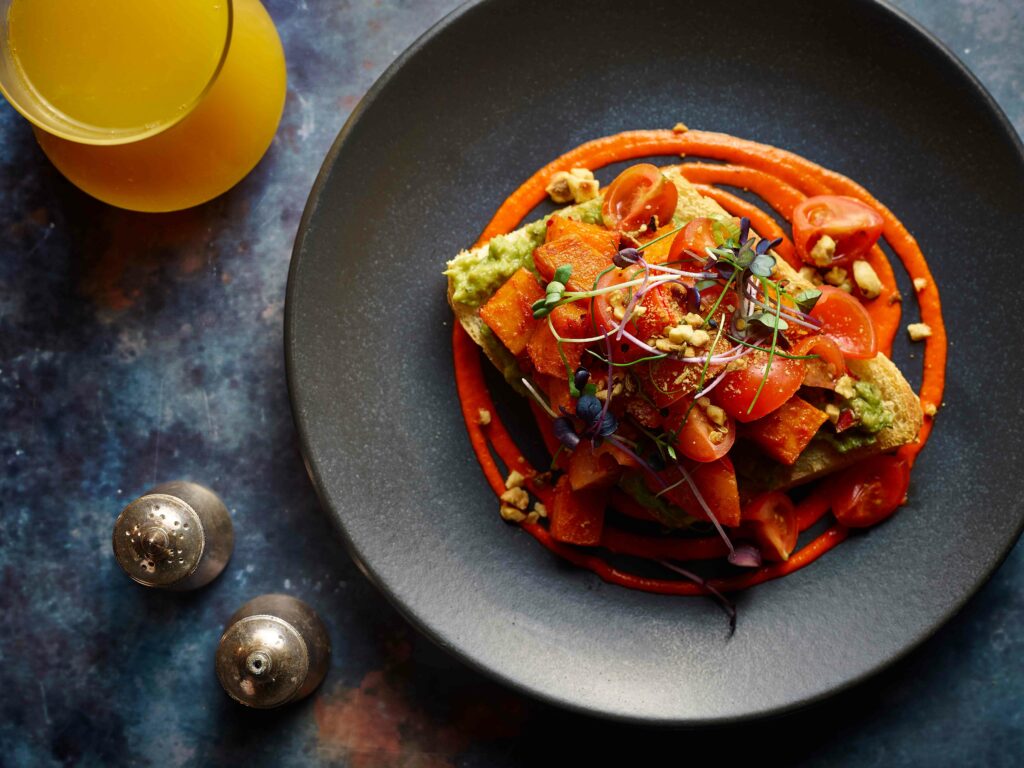
Contact the team today to see how we can assist with your upcoming marketing plans. [email protected].
There are many ways to create engaging food and drink videography, and luckily, we have the facilities to help you do so. Contact the team and we’ll have a chat to see what works best for your brand, products, and strategy.
Contact usSee more insights
All the insights you need to drive your marketing strategy and communications.
